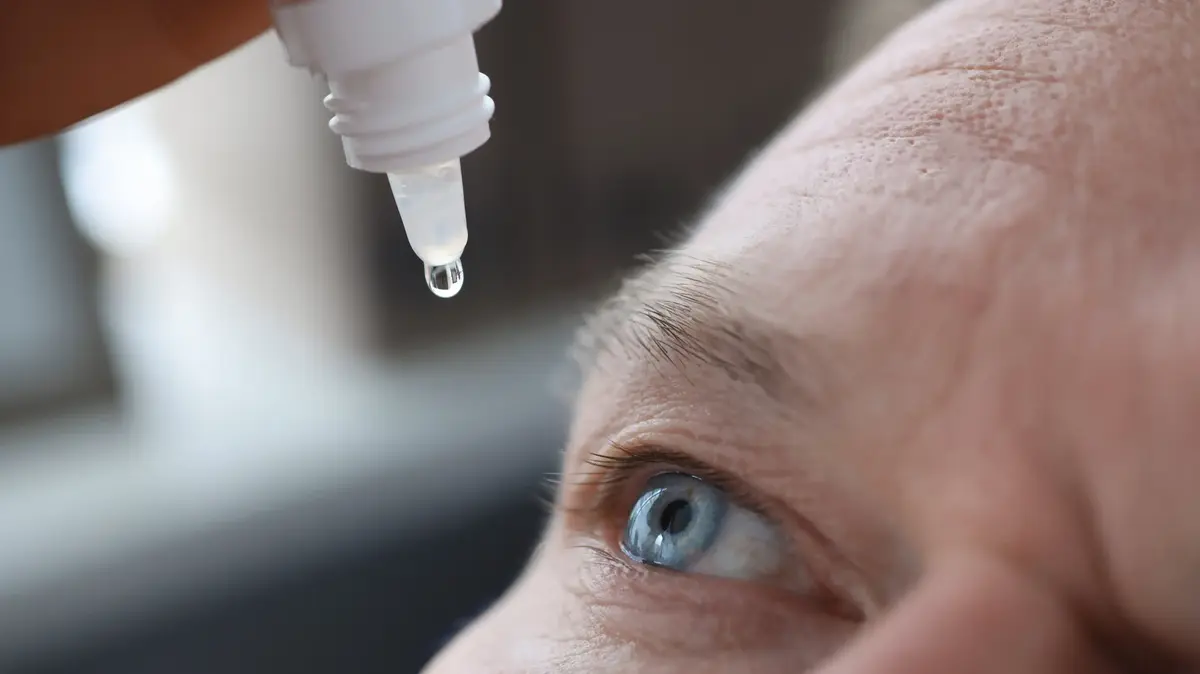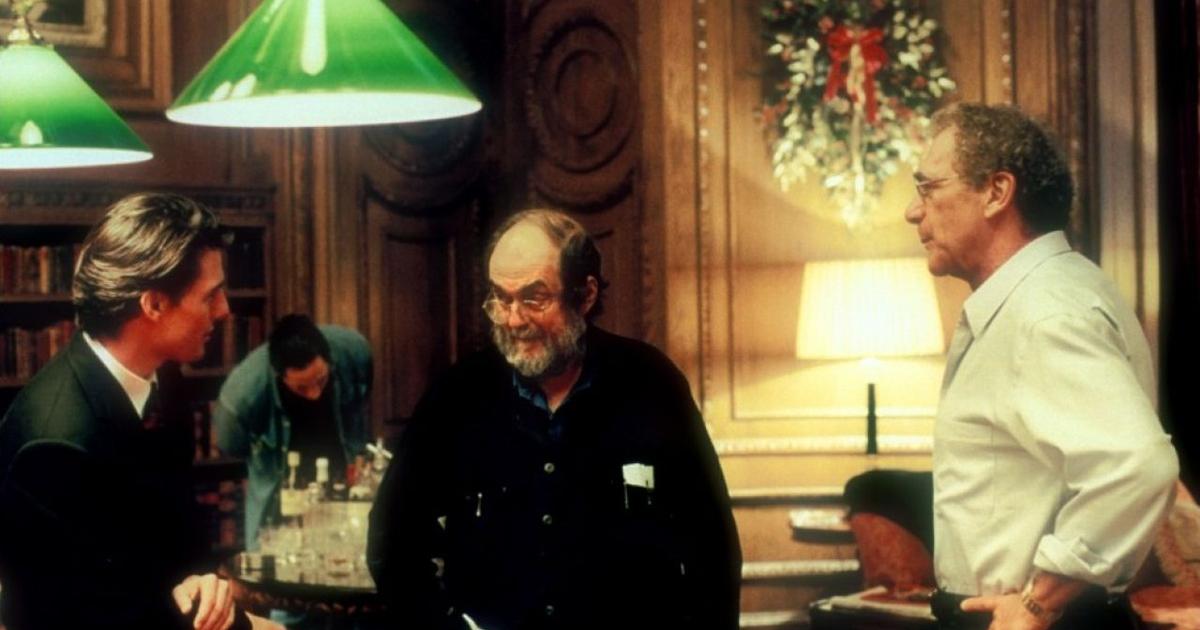Argentine writer Hebe Uhart, in her living room.AGUSTINA FERNÁNDEZ (EDITORIAL ADRIANA HIDALGO)
The Argentine Hebe Uhart (1936-2018) will go down in the history of literature as one of those authors who, despite having started to write and publish at a very young age, only at a late age did she receive the welcome and recognition she deserved. Readers curious about his writing can find the bulk of his work in the Adriana Hidalgo publishing house, which has compiled all his short stories and novels, and which this spring has published in Spain the entirety of his chronicles and three new unpublished novels, collected in the volume entitled
Love is a strange thing
.
The Argentine newspaper
Clarín
considered her "a secret writer" in her day, although Uhart is today an open secret, perhaps since the writer Robert Fogwill, her compatriot, described her as the best Argentine short story writer.
But for Hebe Uhart the praise and the literary circles were great: dedicated to teaching, both in public schools and in the literary workshops that she organized in her own apartment in the Buenos Aires neighborhood of Almagro, her low profile gave her great freedom that appreciates in its style and themes, as well as in its attentive look at minutiae and details such as the signs of the shops or the decoration of the rooms of any modest pension.
More information
'Hebe Uart', by LEILA GUERRIERO
Master of the single stroke
Hebe Uhart, writer of the least, dies
To begin to carve the vast personal universe of Hebe Uhart, you can start with
Love is a strange thing
, which compiles three unpublished short novels entitled
Beni
,
Leonilda
and
The train that takes us
.
Her characteristic universe is present in them: the atmosphere of the small towns in different regions of Argentina that she recreates with particular charm, the dilemma of choosing between life in the country or in the city (“The city is a pure expense, just silver gastadero ”, says a character from Leonilda), or the reproduction of voices of characters from diverse sociocultural origins, be it the doorman of a building, a migrant from the Argentine region of El Chaco who moves to Buenos Aires or the teacher of a rural school.
What is exciting about Uhart's writing is that it turns any aspect of reality on which his gaze, and especially his fine hearing, into a literary adventure.
The objects and possessions with which people are linked in their daily lives take on an unusual role in Uhart's literature.
This is the case at the beginning of
Beni
, where the protagonist's home is described in this way: “In 1980, Luisa lived in an apartment that looked like a shoe box.
If someone came in, at a glance they could see the whole house, even the bathroom.
It was such a small and friendly department that the most trusted visitors tended to use all the facilities to see if they were not toys. "
The accolades were great.
His low profile gave him a freedom that is appreciated in his style and in his themes
The writer Eduardo Muslip, a former student and close friend of the author, who together with Pía Bouzas has compiled and edited these three novels, announces that there are more unpublished texts in preparation, although Uhart did not leave specific instructions about the destination of his archive, today at the National Library of Argentina: "The image of a writer that she defended was that of someone who defined herself by her own writing practice and not so much by creating an idea of an author concerned about putting together complete works." For all this, the
epic
adjective
would be in the antipodes of the universe of Hebe Uhart, much closer to that of Georges Perec and to his taste for what he considered "infraordinary" —the trivial, the minutia, the background noise—, although among the influences of the Argentine author There are mainly other names such as Felisberto Hernández, Julio Ramón Ribeyro or Flannery O'Connor.
In his role as a travel writer, Uhart left five books, now gathered together with several unpublished texts in the volume
Complete Chronicles
, prefaced by Mariana Enríquez. Reading any of his travel stories is an insurmountable way of getting started in the geography and daily life of rural Argentina, of those small towns where hardly anything happens - something that for Uhart is not an inconvenience at all - and where life passes between the grocery store, school and central square. In these chronicles, and also in those he dedicates to other Latin American cities such as Asunción or Quito, Uhart displays his recognizable foul humor, which is doubly surprising due to the apparent naivety of his tone: “The girls were painted, but instead of looking like the painting an expression of coquetry, they looked as if they were going to be put in a funeral urn ”, we read in the chronicle
An unusual trip
.
Any of these texts is an excuse for the author to put her particular auditory acuity to work in relation to the variants of Spanish, its accents, neologisms and syntactic peculiarities. “The tone, the 'how they say it', is more important than what they say. In that 'how' the character is seen ”. This statement and other advice related to writing appear in the book
Hebe Uhart's classes
, by Liliana Villanueva, a former student of the author's workshops.
Hebe Uhart's universes are populated not only by middle-class or working-class people, but also by animals, for whose behavior she had enormous curiosity bordering on fascination. In fact, one of the books collected in his
Complete Chronicles
- the one entitled
Animals
- is starred by different types of birds and apes, whose actions are the motor of the narrative. Uhart never stopped looking and listening for literary purposes, which is why he warned his students about the dangers of over-accommodating when writing: “If you always live in the same class and don't get out of there, you only have habits of class and lose the richness in the look from different angles, which gives solvency when writing. You have to try to think a little 'frangollando', think with mixtures ”.
Today we continue reading it, or approaching his work for the first time, captivated by that unmistakable tone and freedom that characterize his literature.
'Complete Chronicles'
Hebe Uart.
Adriana Hidalgo, 2021. 896 pages.
22 euros
'Love is a strange thing'
Hebe Uart.
Adriana Hidalgo, 2021. 176 pages.
16 euros.
Hebe Uhart's classes
Liliana Villanueva.
Blatt & Ríos, 2015. 172 pages.
14 euros
You can follow BABELIA on
and
, or sign up here to receive
our weekly newsletter
.









